How to Read a Bourbon Label Like a Pro: Decoding the secrets behind age, proof, and distillery details

The Tale of the Bottle
Picture yourself in a dimly lit rickhouse, the smell of oak and caramel filling the air. Rows of barrels sit stacked high, each one developing flavors unique to its location. You reach for a bottle, and the label gives you your first clues: where it came from, how long it aged, and what the distiller intended. Reading a bourbon label is like unlocking a story — one that starts long before the whiskey hits your glass.
Bourbon labels can seem overwhelming at first glance, but with a few key concepts, you’ll start seeing them as a roadmap to taste, quality, and rarity.
1. Age Statements: Time is Flavor
- What it means: The age statement tells you how long the youngest whiskey in the bottle has been aged in oak barrels.
- Collector’s insight: Age isn’t everything — a 6-year-old barrel can taste dramatically different from another 6-year-old depending on its position in the warehouse, char level, and climate.
- Fun fact: Some distilleries intentionally leave no age statement to highlight complexity over years. These are often called NAS (No Age Statement) bourbons.
Tip for collectors: Look at the combination of age and proof — higher proof younger bourbons can be punchy and lively, while older lower-proof bourbons tend to be richer and smoother.
2. Proof and Alcohol by Volume (ABV)
- Definition: Proof is simply ABV × 2. A 90 proof bourbon is 45% alcohol by volume.
- Why it matters: Proof affects both flavor and texture. Higher proof bourbons deliver more heat and bold flavors; lower proof can be easier for sipping straight or mixing.
- Collector’s note: Some limited releases are barrel proof — meaning they’re bottled straight from the barrel without dilution. These are coveted for their intensity and uniqueness.
Storytime: A friend of mine once picked up a 125-proof single barrel from a Kentucky distillery on a whim. One sip and he realized the proof wasn’t just a number — it was a personality.
3. Distillery & Bottling Information
- Distilled by / Bottled by: These lines tell you whether the distillery produced the whiskey in-house or sourced it. This subtle detail matters to collectors seeking authentic, traceable bottles.
- Single distillery vs. independent bottler: Independent bottlers may purchase casks and release them under their own labels, often creating rare or unique expressions you can’t find elsewhere.
Collector’s tip: Bottles from family-owned distilleries or iconic historic distilleries often appreciate in value over time.
4. Mash Bill: The Recipe of Grains
- What it is: The combination of corn, rye, wheat, and malted barley.
- Why it matters: The mash bill influences sweetness, spice, and body.
- Corn-heavy: sweet, caramel-forward
- Rye-heavy: spicy, bold
- Wheat-heavy: soft, creamy
- Fun twist: Some distilleries keep mash bills secret — which makes reading other clues on the label even more important.
5. Production Notes: Single Barrel, Small Batch, Bottled in Bond
- Single Barrel: From one barrel only — every bottle unique.
- Small Batch: A blend of select barrels for consistency.
- Bottled in Bond: Historically regulated for quality, requires at least 4 years aging and 100 proof — a mark of authenticity.
Storytime: In the late 1800s, the Bottled in Bond Act was passed to protect consumers from watered-down whiskey. Today, seeing that label connects you to over a century of bourbon history.
6. Other Label Clues
- Finish notes / barrel type: Sometimes labels hint at cask finishes — sherry, port, rum, or exotic oak — giving you a preview of flavors.
- Special editions & limited runs: Look for “reserve,” “single barrel select,” or anniversary editions — these are often more collectible.
Putting It All Together
Reading a bourbon label is like solving a puzzle — every detail adds context. By knowing what each term means, you can:
- Predict flavor and intensity
- Evaluate rarity and collectibility
- Make confident purchases at stores, auctions, or online
Even seasoned collectors admit that sometimes it’s the story behind the label that makes the sip memorable — not just the flavor.
The Final Pour
Next time you reach for a bottle, pause and read the story it tells. The age, proof, mash bill, and distillery aren’t just facts — they’re clues to the character of your next pour. Explore bottles worth decoding at our online auction or step into our Tasting Parlor in Vernon Hills to see the labels come to life with every sip.
Related Reading from Barrel School:
The Bourbon that Built America: The Stories Behind America’s Spirit
From Still to Auction Block: How Bourbon Matures (And Why Oak is Everything)
Pour Decisions Made Easy: Our Approachable Guide to Bourbon Basics and Bottles Worth Starting With
More Fresh Pours and Perspectives

Inside the Auction: Rare Scotch, Collector Trains & 200+ Bottles Ready for the Taking

Inside the Auction: Rare Scotch, Collector Trains & 200+ Bottles Ready for the Taking

The Bourbon Family Tree: Exploring the Branches of America’s Favorite Spirit

The Bourbon Family Tree: Exploring the Branches of America’s Favorite Spirit

From Distillery to Digital — How Bourbon Collecting Moved Online

From Distillery to Digital — How Bourbon Collecting Moved Online

Blanton’s Bourbon: History, Expressions, and the Hype Behind America’s Most Collectible Bourbon

Blanton’s Bourbon: History, Expressions, and the Hype Behind America’s Most Collectible Bourbon
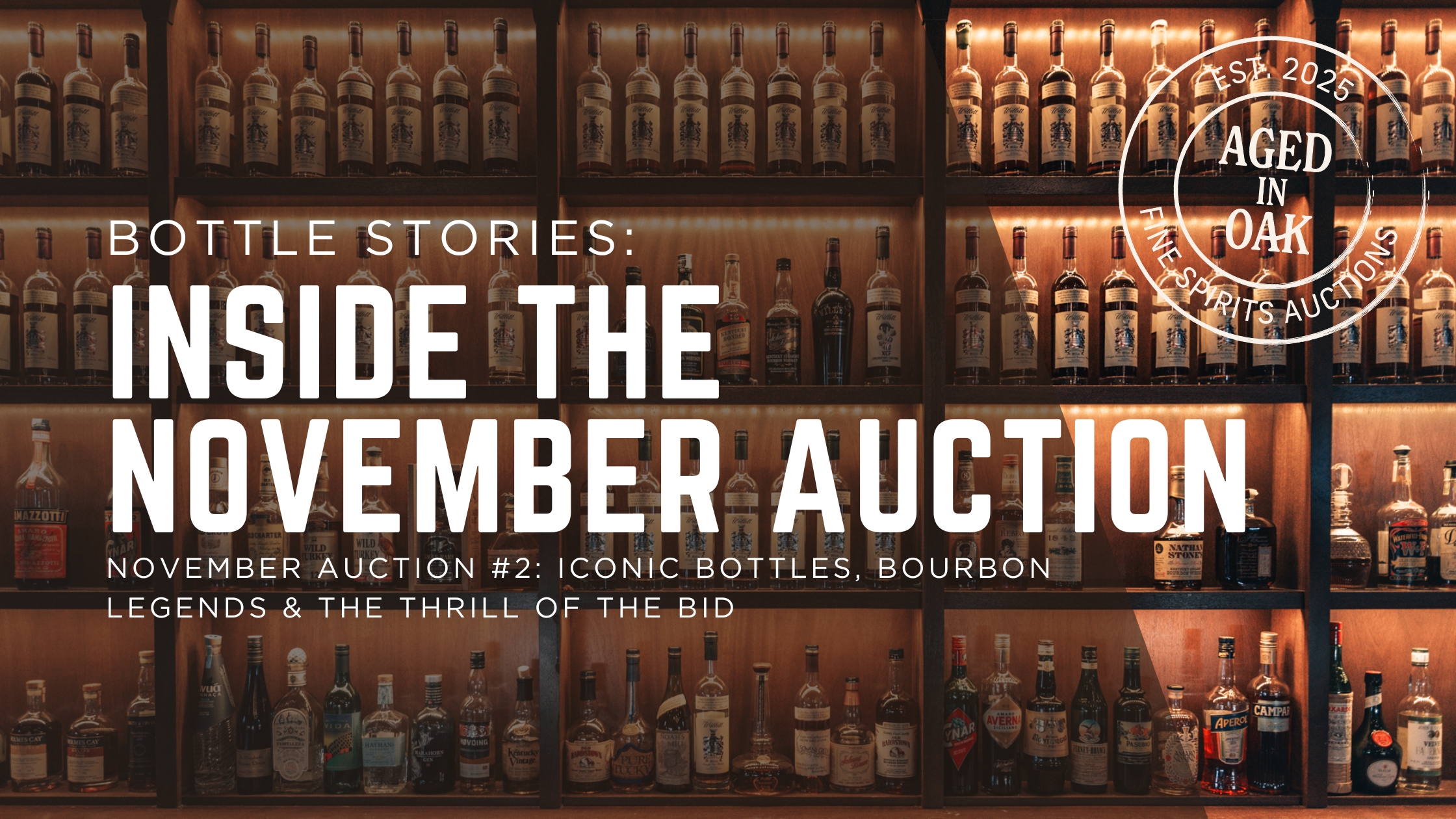
Inside the Auction: Iconic Bottles, Bourbon Legends & the Thrill of the Bid

Inside the Auction: Iconic Bottles, Bourbon Legends & the Thrill of the Bid
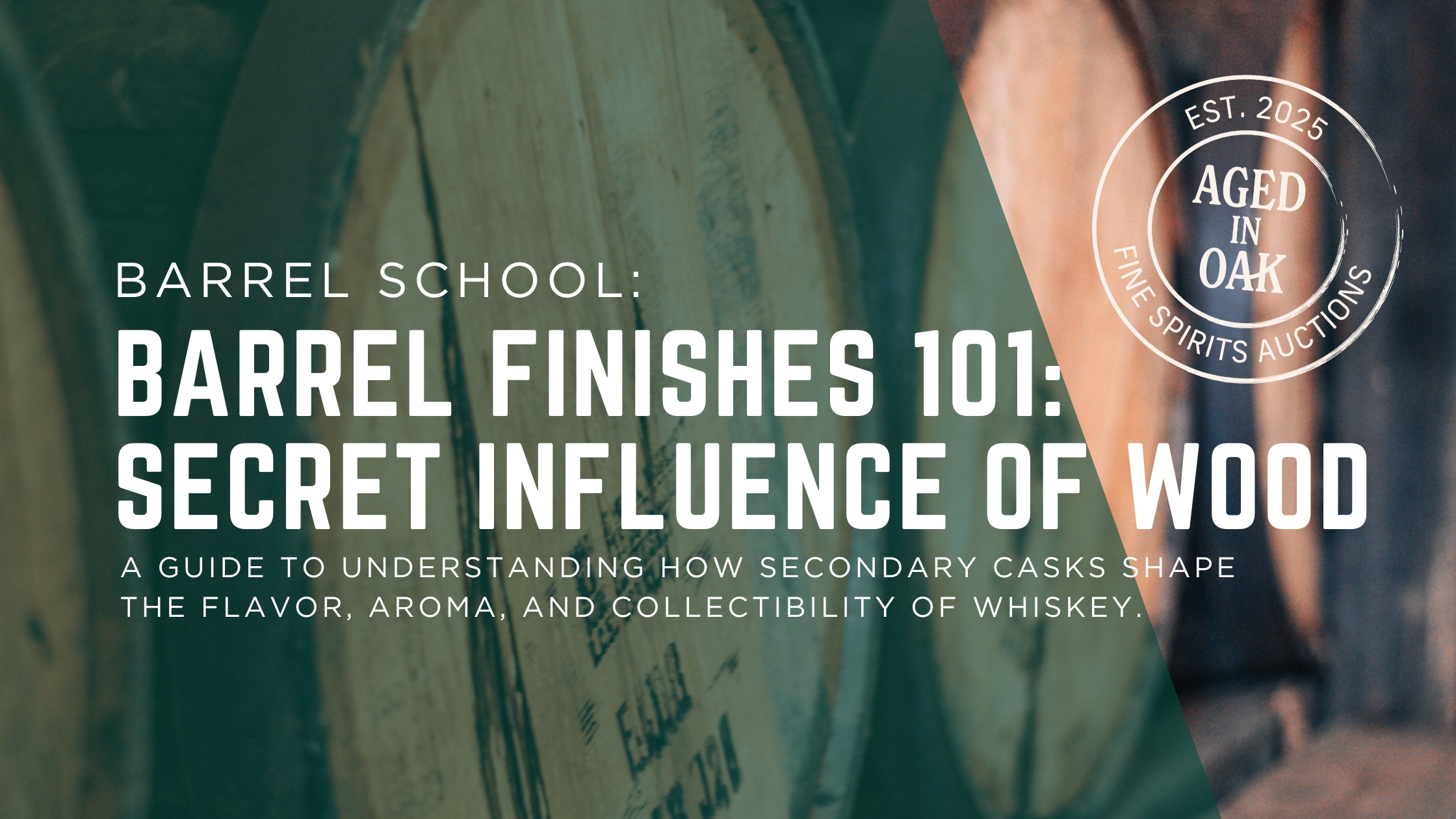
Barrel Finishes 101: The Secret Influence of Wood

Barrel Finishes 101: The Secret Influence of Wood
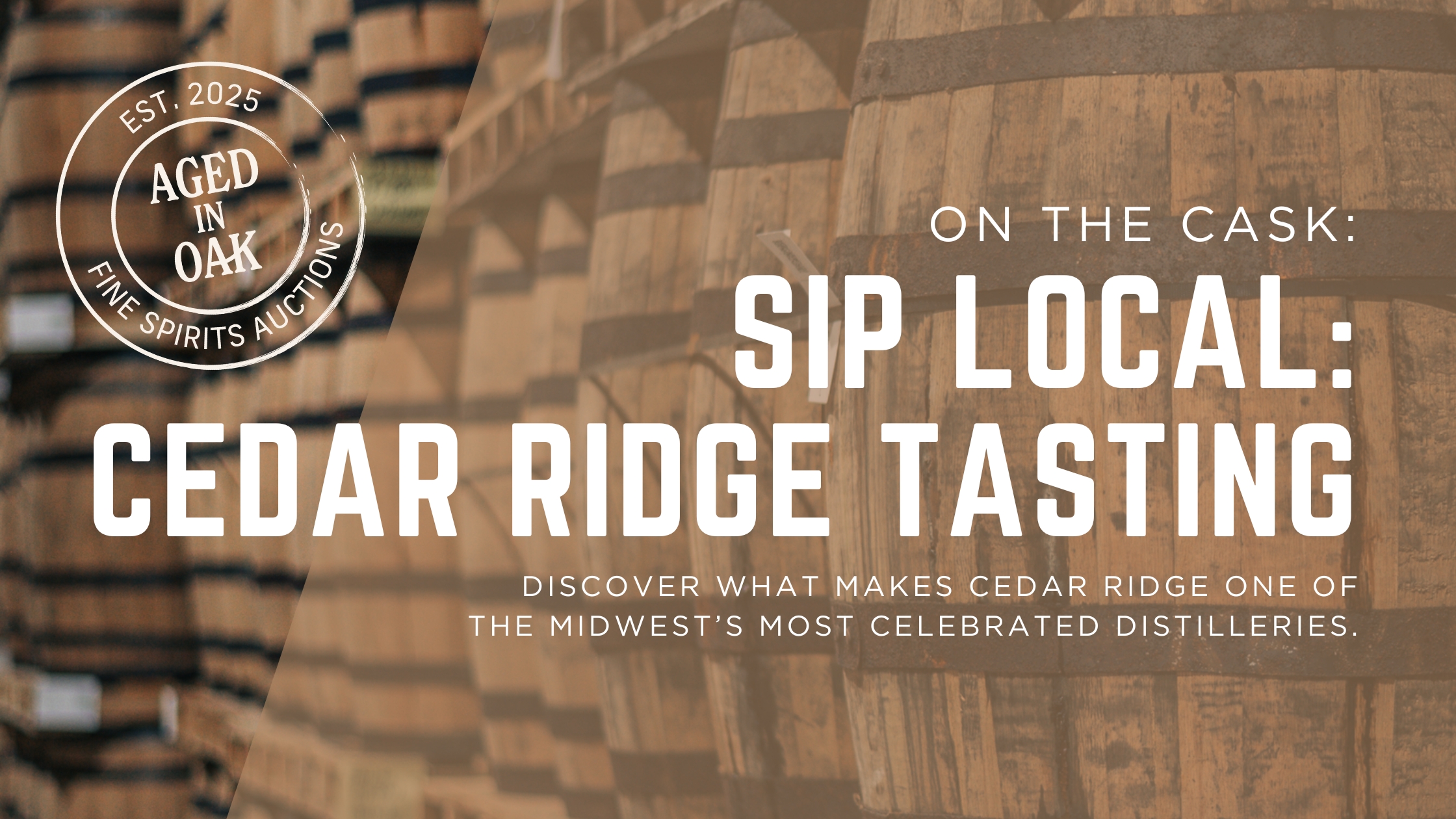
Sip Local: Cedar Ridge Distillery Tasting at Aged in Oak

Sip Local: Cedar Ridge Distillery Tasting at Aged in Oak

Inside the Auction: Powerhouse Picks, Proof, and the Joy of the Bid

Inside the Auction: Powerhouse Picks, Proof, and the Joy of the Bid

The Thrill of No Reserve: Why These Bourbon Auctions Keep Collectors Coming Back

The Thrill of No Reserve: Why These Bourbon Auctions Keep Collectors Coming Back

The Thrill of No Reserve: Why These Bourbon Auctions Keep Collectors Coming Back

The Thrill of No Reserve: Why These Bourbon Auctions Keep Collectors Coming Back

What Bourbon Is Made From: The Art (and Law) Behind America’s Spirit

What Bourbon Is Made From: The Art (and Law) Behind America’s Spirit

The Ghosts of the Rickhouse: Haunted Legends of Bourbon Country

The Ghosts of the Rickhouse: Haunted Legends of Bourbon Country

Single Barrel vs. Small Batch: What’s the Difference (and Does It Matter?)

Single Barrel vs. Small Batch: What’s the Difference (and Does It Matter?)

Bottles with a Past: The Spooky Side of Bourbon History

Bottles with a Past: The Spooky Side of Bourbon History
.jpg)
Inside the Auction: Hidden Gems, Signed Bottles & Kentucky’s Finest
.jpg)
Inside the Auction: Hidden Gems, Signed Bottles & Kentucky’s Finest
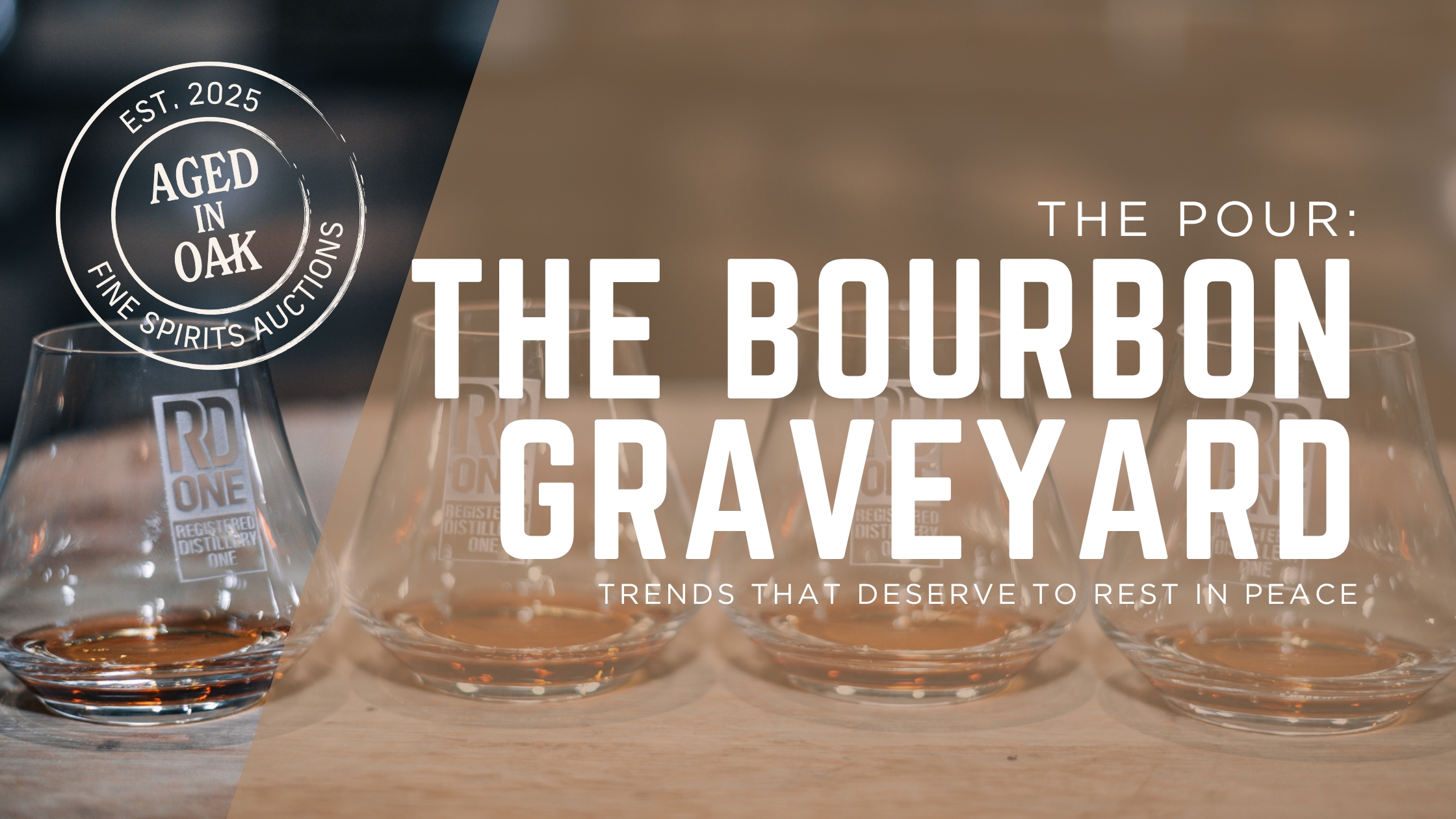
The Bourbon Graveyard: Trends That Deserve to Rest in Peace

The Bourbon Graveyard: Trends That Deserve to Rest in Peace

Bringing Bourbon’s Heritage Home: How Aged in Oak captures the soul of Bardstown in the heart of Vernon Hills.

Bringing Bourbon’s Heritage Home: How Aged in Oak captures the soul of Bardstown in the heart of Vernon Hills.
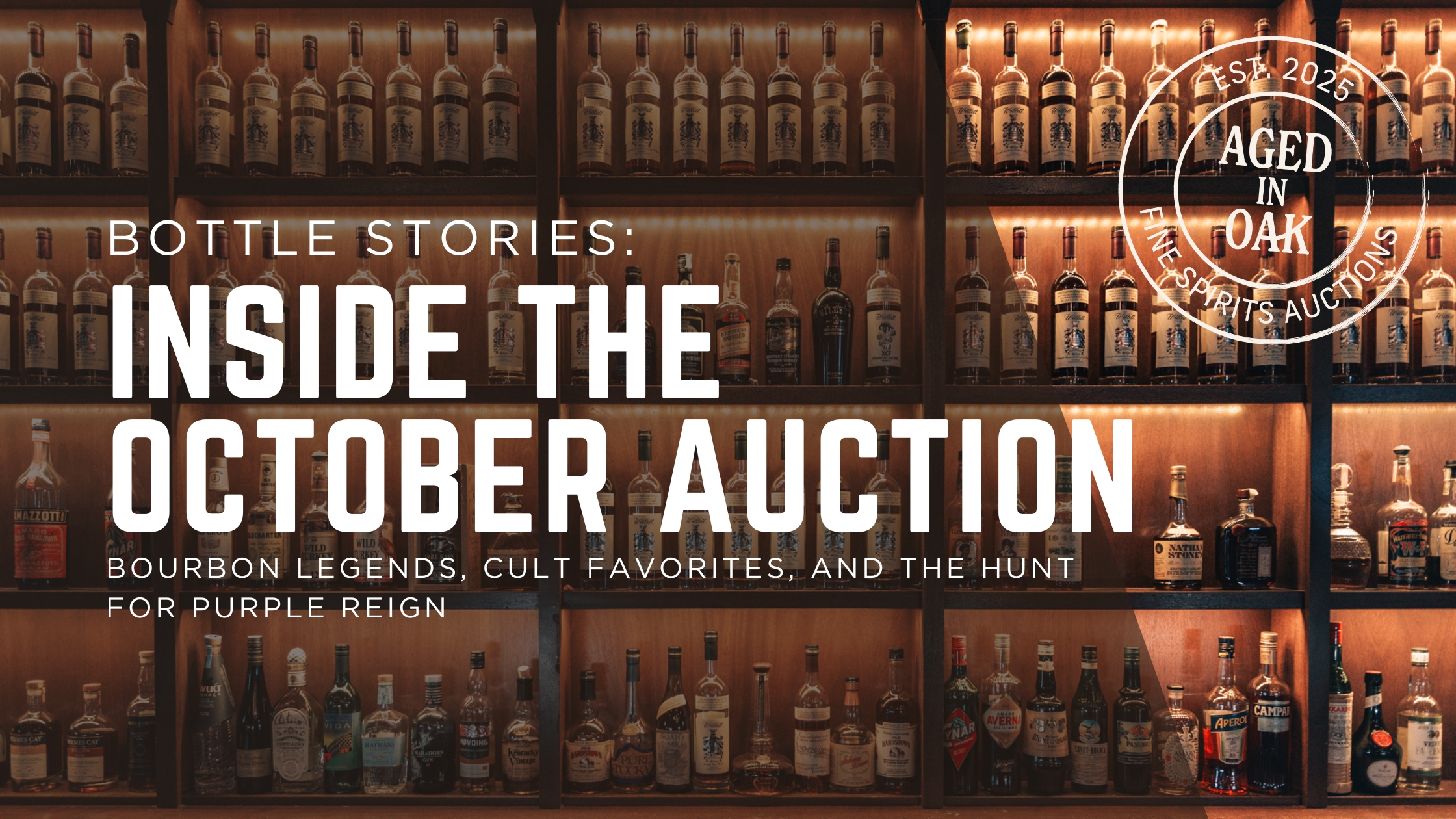
Inside the Auction: Bourbon Legends, Cult Favorites, and the Hunt for Purple Reign

Inside the Auction: Bourbon Legends, Cult Favorites, and the Hunt for Purple Reign
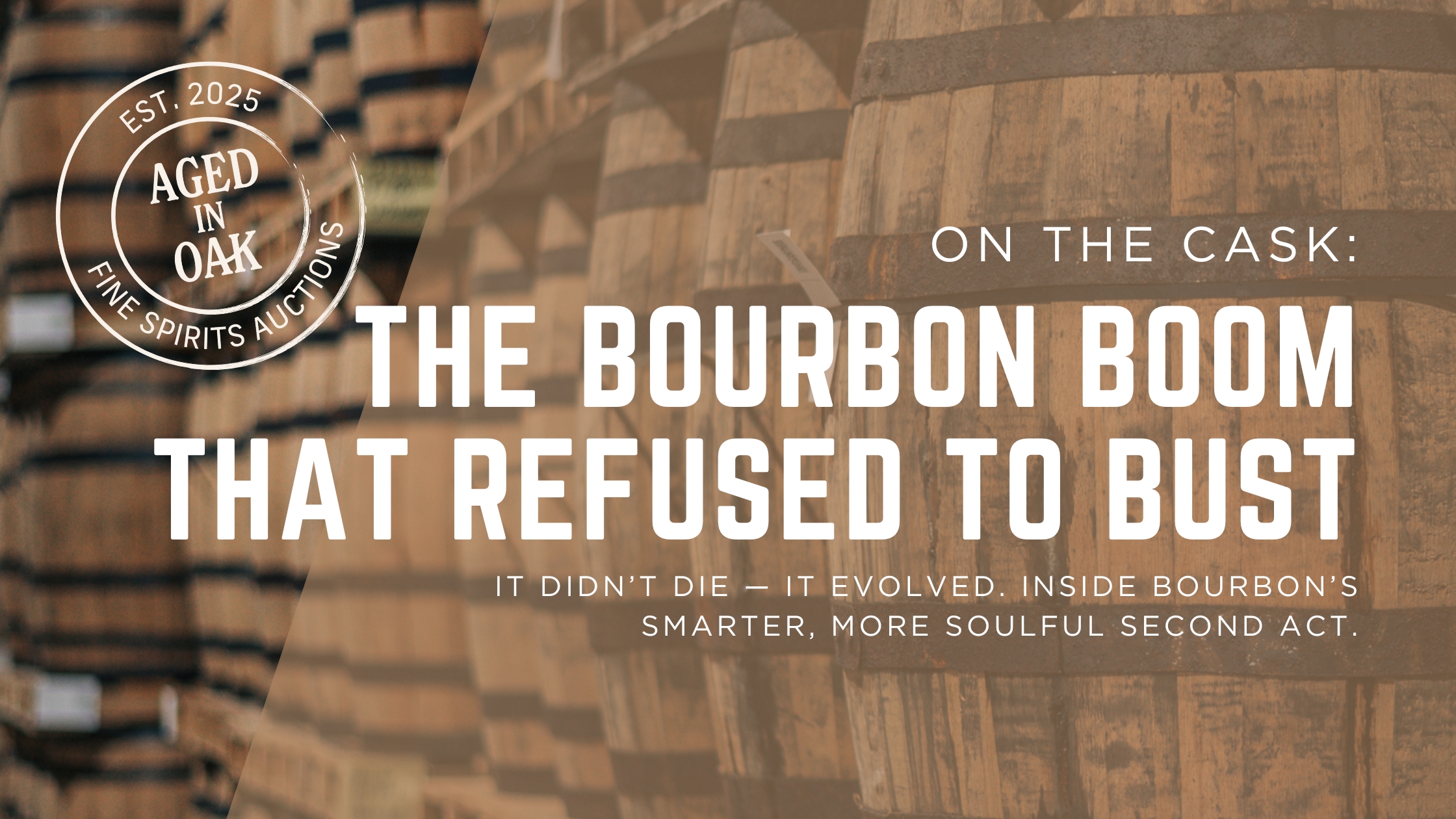
The Bourbon Boom That Refused to Bust

The Bourbon Boom That Refused to Bust
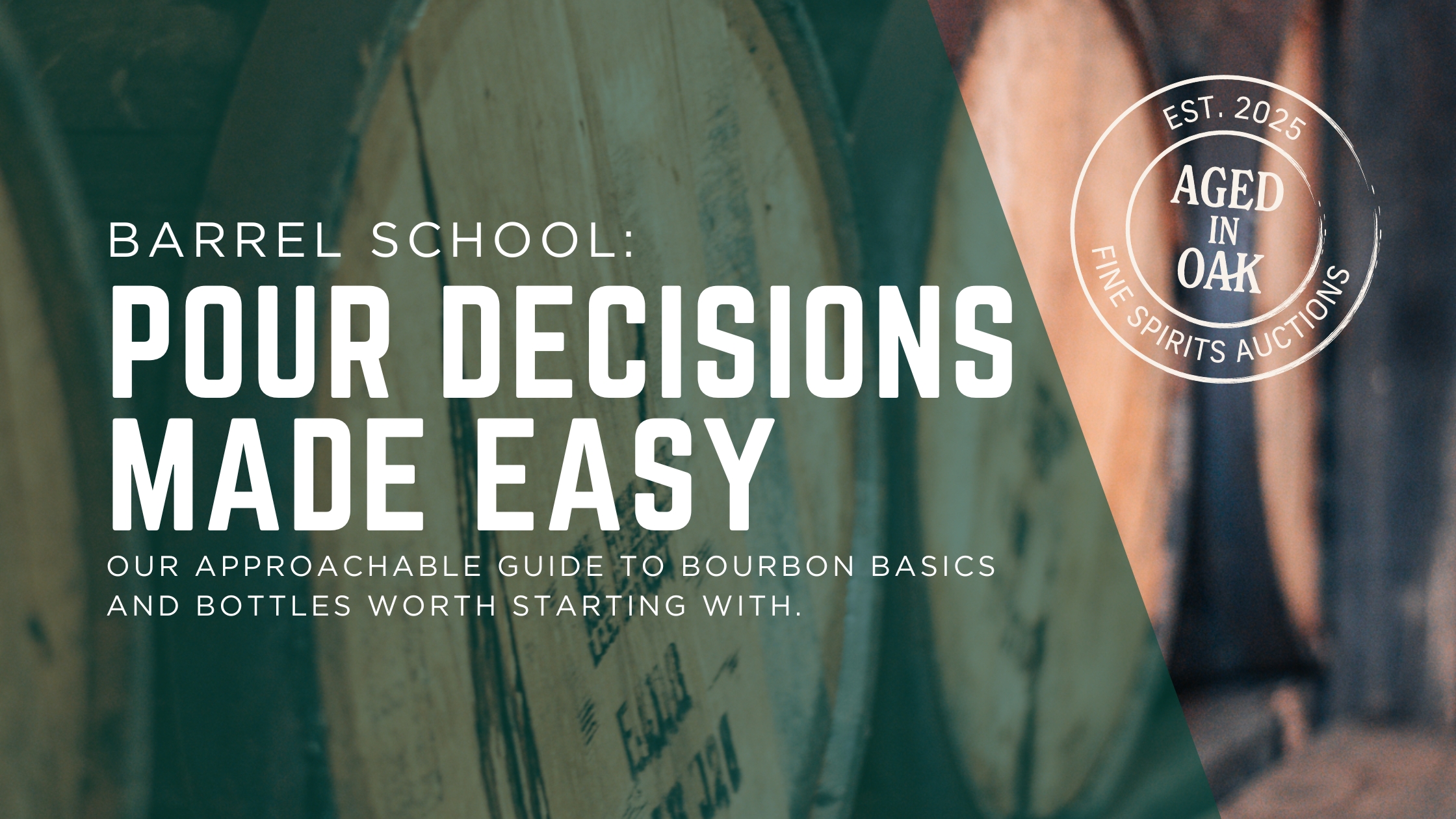
Pour Decisions Made Easy: Our Approachable Guide to Bourbon Basics and Bottles Worth Starting With

Pour Decisions Made Easy: Our Approachable Guide to Bourbon Basics and Bottles Worth Starting With

Bourbon, Community, and a Little Rebellion: Why tastings are the hottest social scene of 2025

Bourbon, Community, and a Little Rebellion: Why tastings are the hottest social scene of 2025

The Bottle That Broke the Rules: The Story of Blanton’s Original Single Barrel

The Bottle That Broke the Rules: The Story of Blanton’s Original Single Barrel
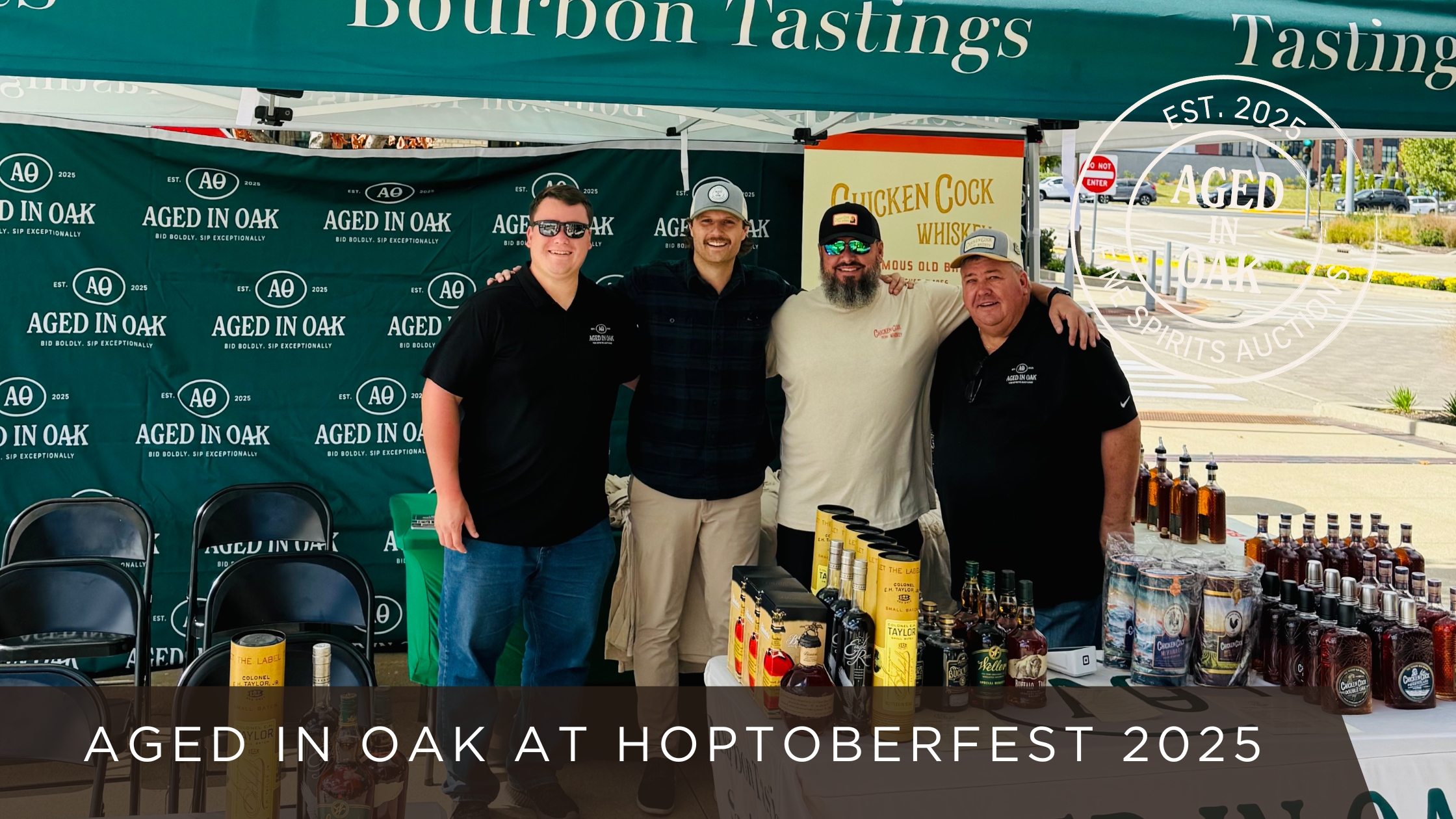
A Toast to Hoptoberfest: New Faces, Great Bourbon, and Unforgettable Conversations

A Toast to Hoptoberfest: New Faces, Great Bourbon, and Unforgettable Conversations
.jpg)
Bourbon Through the Ages: The Stories Behind America’s Spirit
.jpg)
Bourbon Through the Ages: The Stories Behind America’s Spirit
.jpg)
Rare Bourbon, Signature Cocktails, and Community -- Find It All At Aged in Oak in Vernon Hills
.jpg)
Rare Bourbon, Signature Cocktails, and Community -- Find It All At Aged in Oak in Vernon Hills

Fall Into Flavor: Bourbon Recipes That Hit Harder Than Pumpkin Spice

Fall Into Flavor: Bourbon Recipes That Hit Harder Than Pumpkin Spice

What Your Go-To Pour Says About You: A Bourbon Personality Test You Didn’t Know You Needed

What Your Go-To Pour Says About You: A Bourbon Personality Test You Didn’t Know You Needed

From Still to Auction Block: How Bourbon Matures (And Why Oak Is Everything)

From Still to Auction Block: How Bourbon Matures (And Why Oak Is Everything)

Weller Bourbon: The People’s Pappy and the Wheated Whiskey That Broke the Market

Weller Bourbon: The People’s Pappy and the Wheated Whiskey That Broke the Market
.jpg)
Crown Jewel Bourbon Bottles: The Ultimate Collectible Whiskey for Serious Collectors
.jpg)
Crown Jewel Bourbon Bottles: The Ultimate Collectible Whiskey for Serious Collectors

How Global Market Trends Are Shaping the Whiskey Collectible Space in 2025

How Global Market Trends Are Shaping the Whiskey Collectible Space in 2025
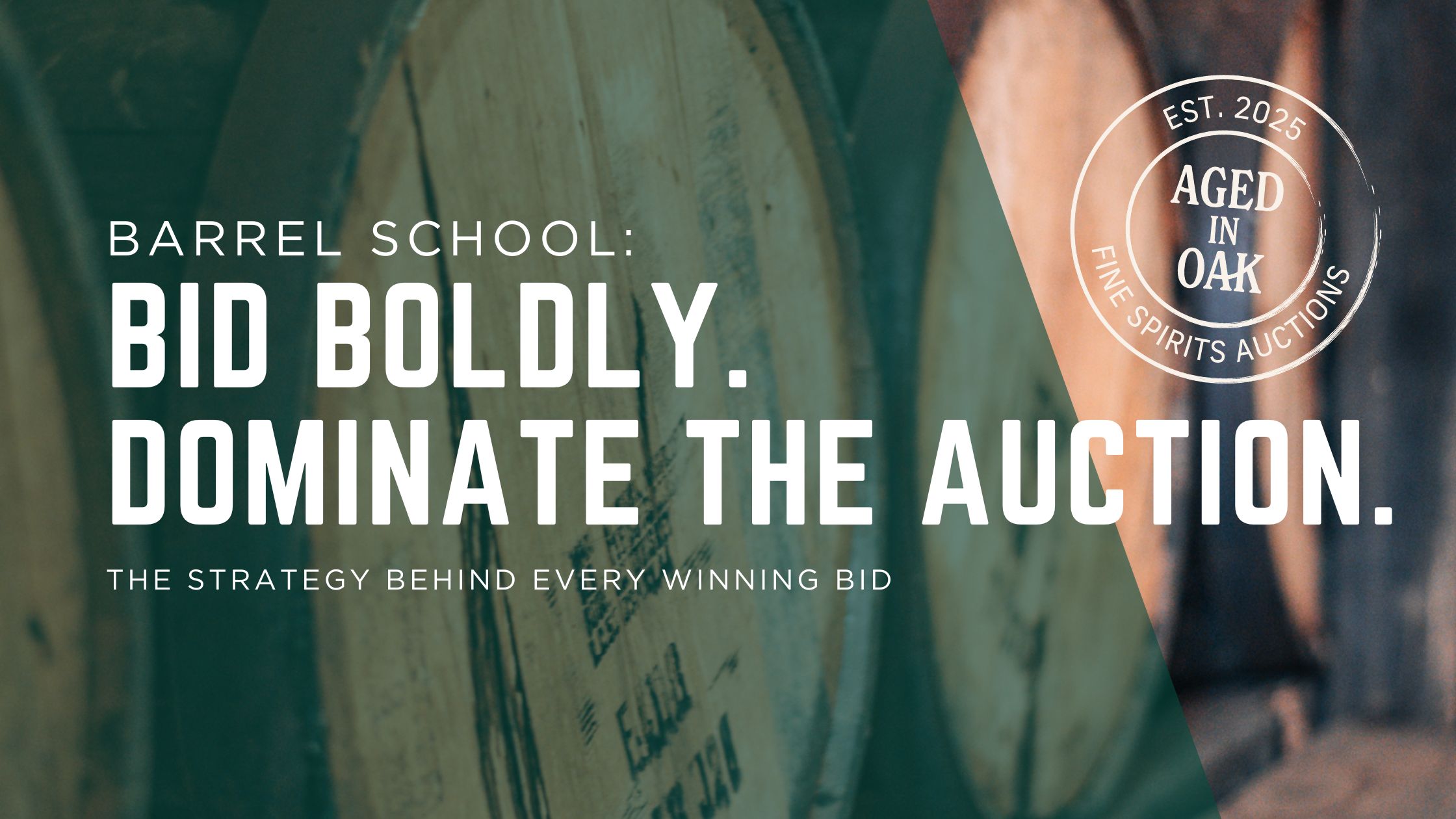
Bid Boldly. Sip Exceptionally. Dominate the Auction.

Bid Boldly. Sip Exceptionally. Dominate the Auction.
.jpg)
We’re in the Daily Herald: Building a Bourbon Community in Vernon Hills
.jpg)
We’re in the Daily Herald: Building a Bourbon Community in Vernon Hills
.jpg)
From Shelf to Sip: The People Who Keep Bourbon Alive
.jpg)
From Shelf to Sip: The People Who Keep Bourbon Alive
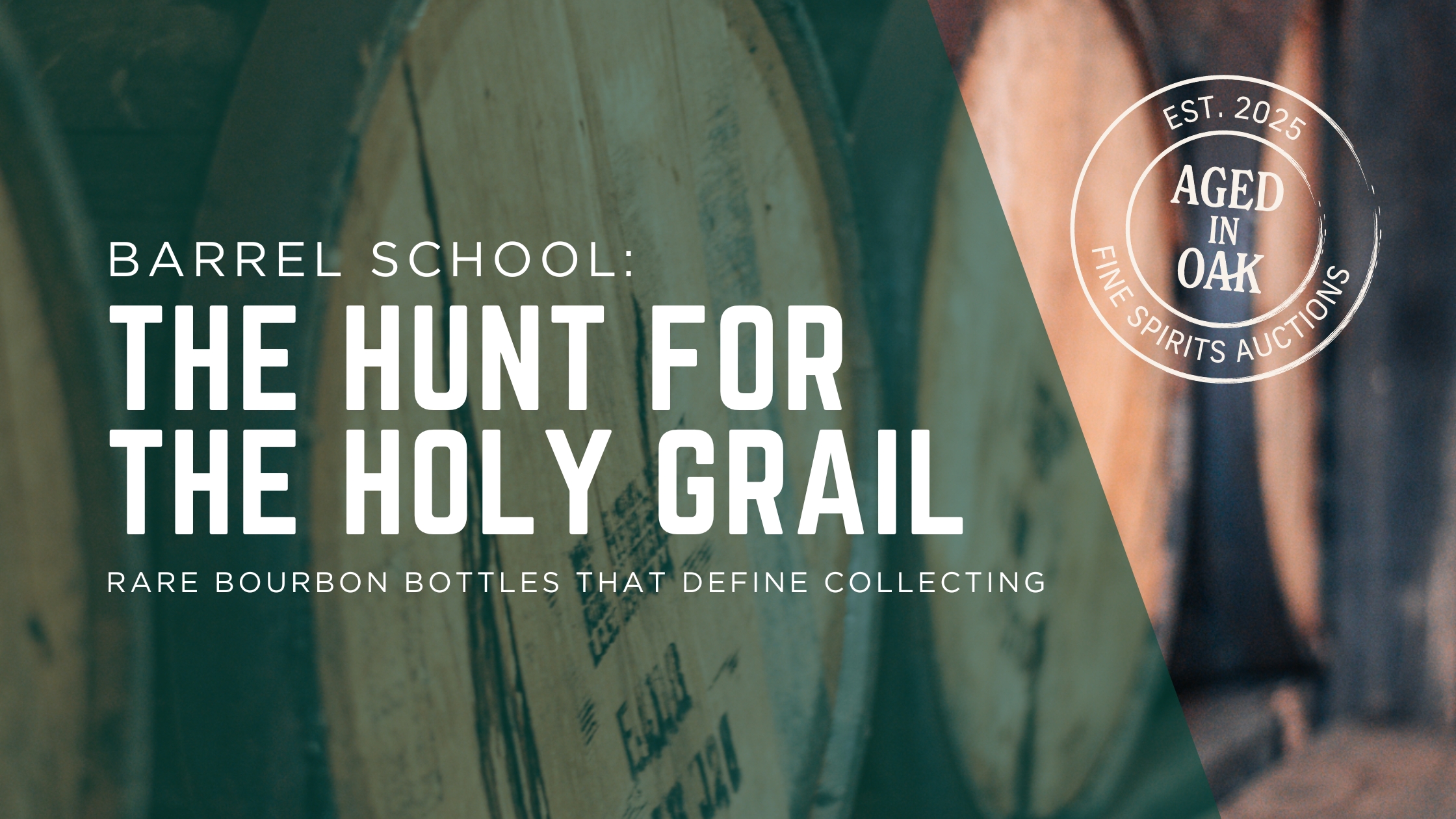
The Hunt for the Holy Grail: Rare Bourbon Bottles That Define Collecting

The Hunt for the Holy Grail: Rare Bourbon Bottles That Define Collecting

Cash Out Without Selling Out: How to Consign Bourbon with Aged in Oak

Cash Out Without Selling Out: How to Consign Bourbon with Aged in Oak
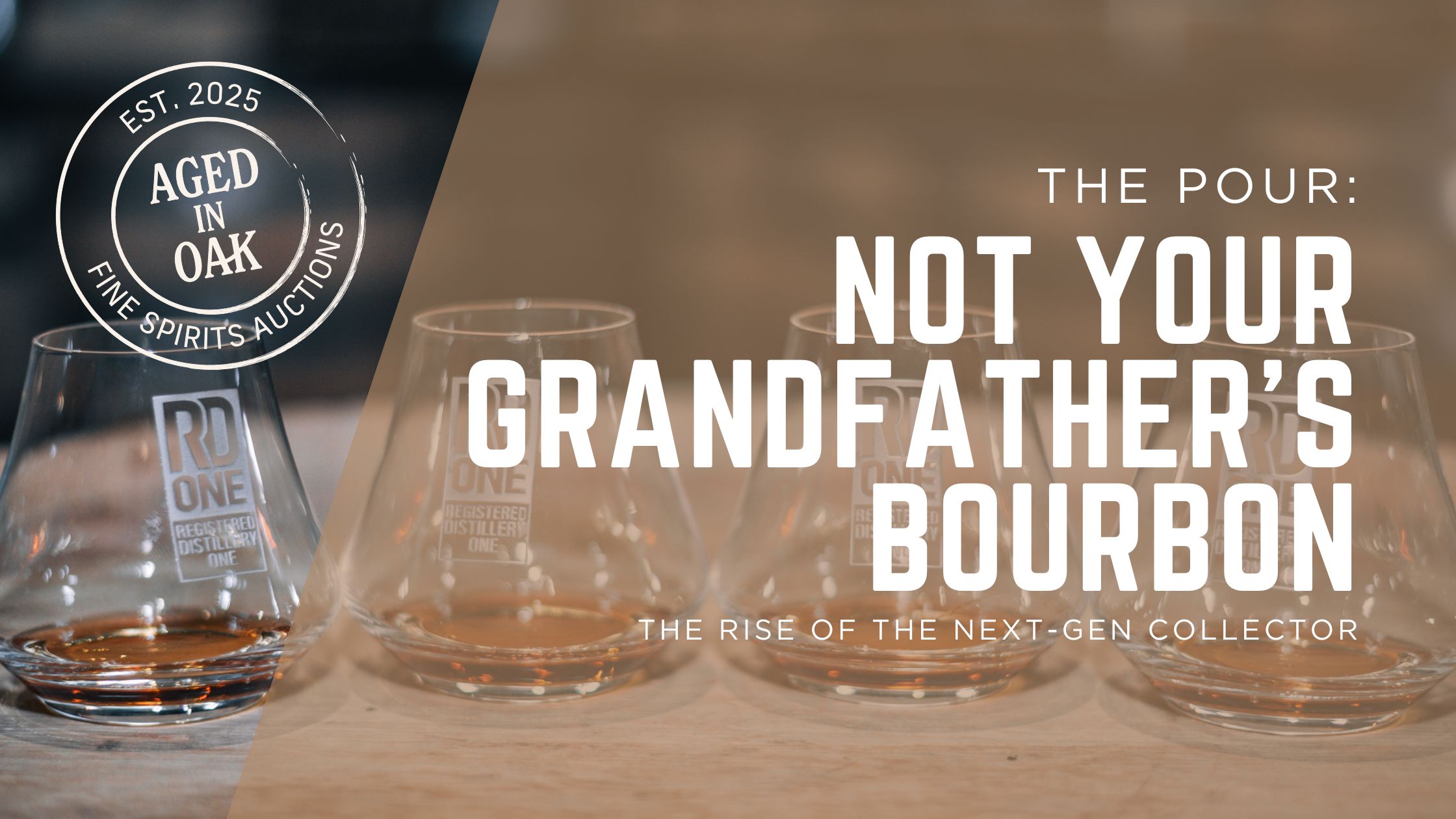
Not Your Grandfather’s Bourbon: The Rise of the Next-Gen Collector

Not Your Grandfather’s Bourbon: The Rise of the Next-Gen Collector
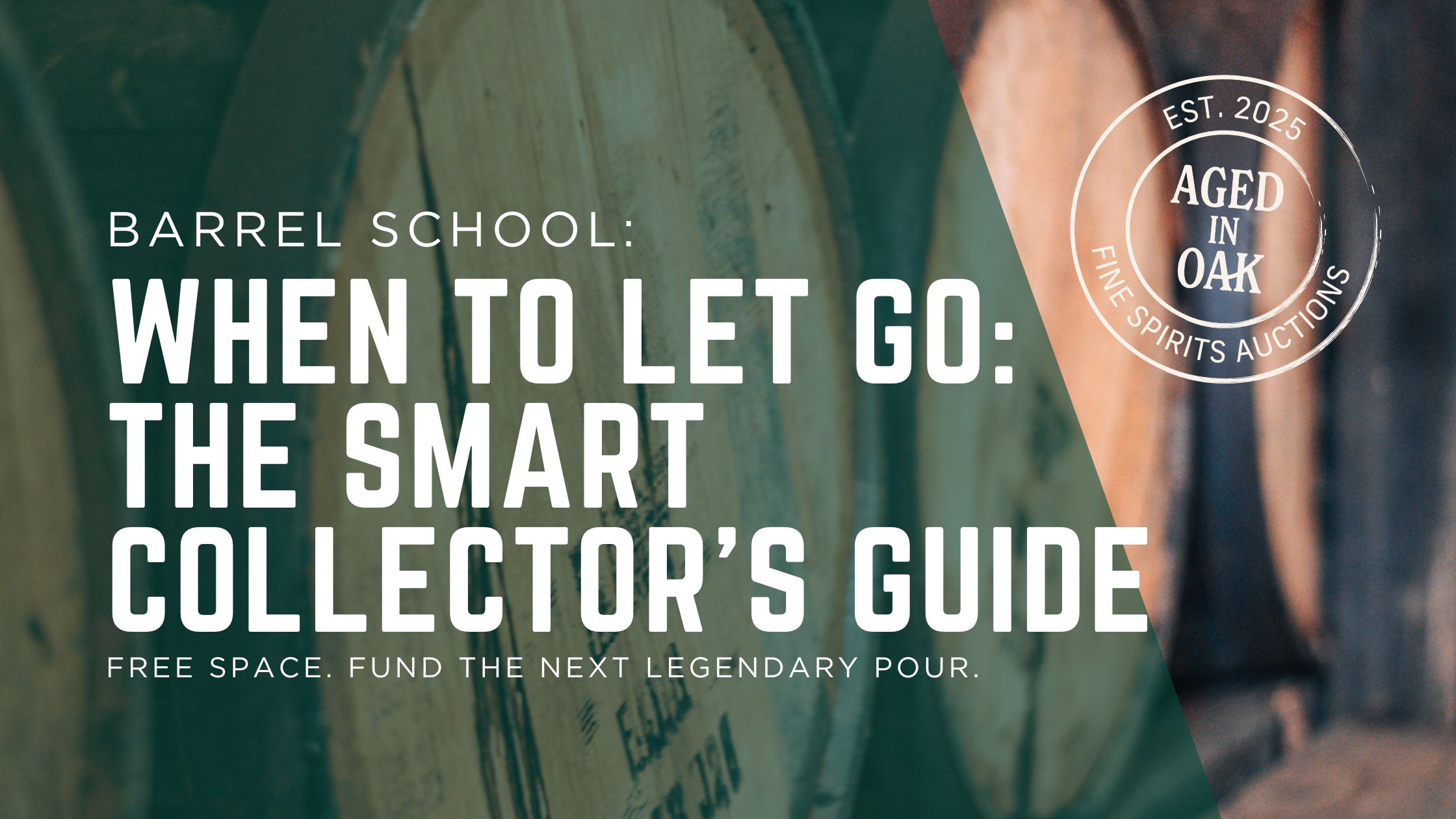
When to Let Go: Knowing It’s Time to Consign Your Bourbon

When to Let Go: Knowing It’s Time to Consign Your Bourbon
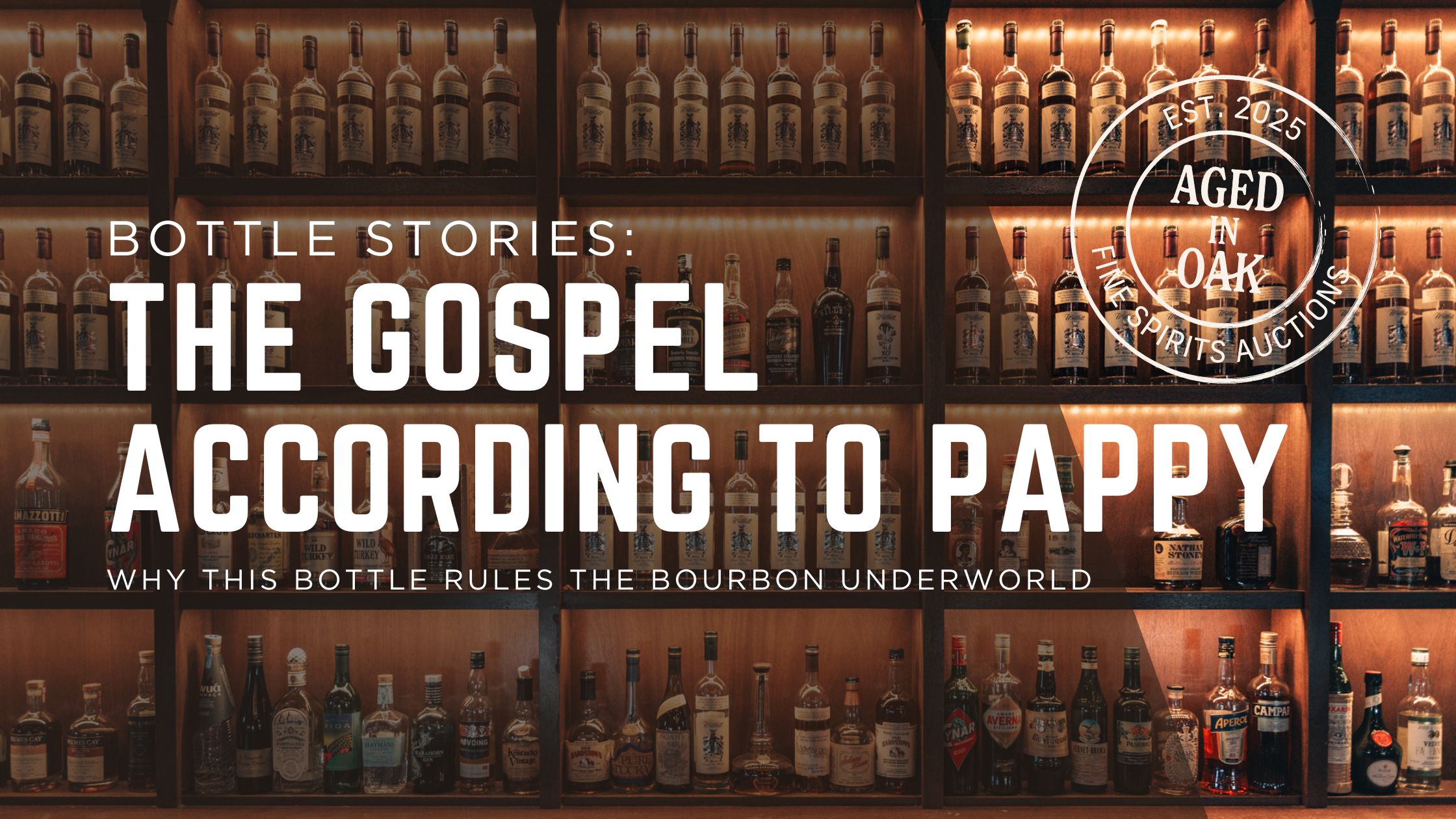
The Gospel According to Pappy: Why This Bottle Rules the Bourbon Underworld

The Gospel According to Pappy: Why This Bottle Rules the Bourbon Underworld

Tapping a Bourbon Barrel with RD1 Distillery

Tapping a Bourbon Barrel with RD1 Distillery

Crafting the "Circa 1856 Old Fashioned" at Chicken Cock

Crafting the "Circa 1856 Old Fashioned" at Chicken Cock

Aged in Oak Debuts Online Bourbon Community May 15, with Auctions and Bottle Appraisals Coming Summer 2025


